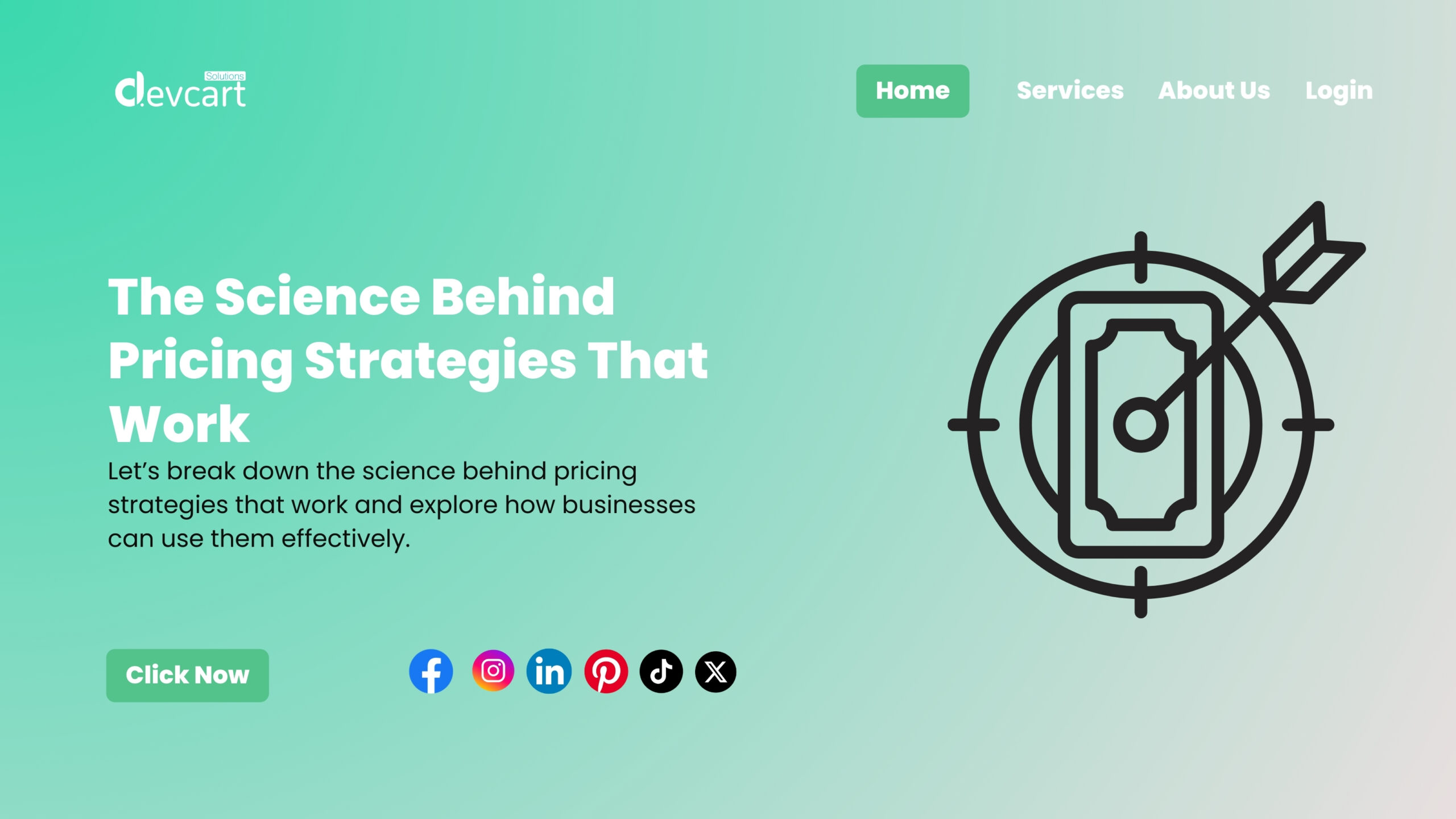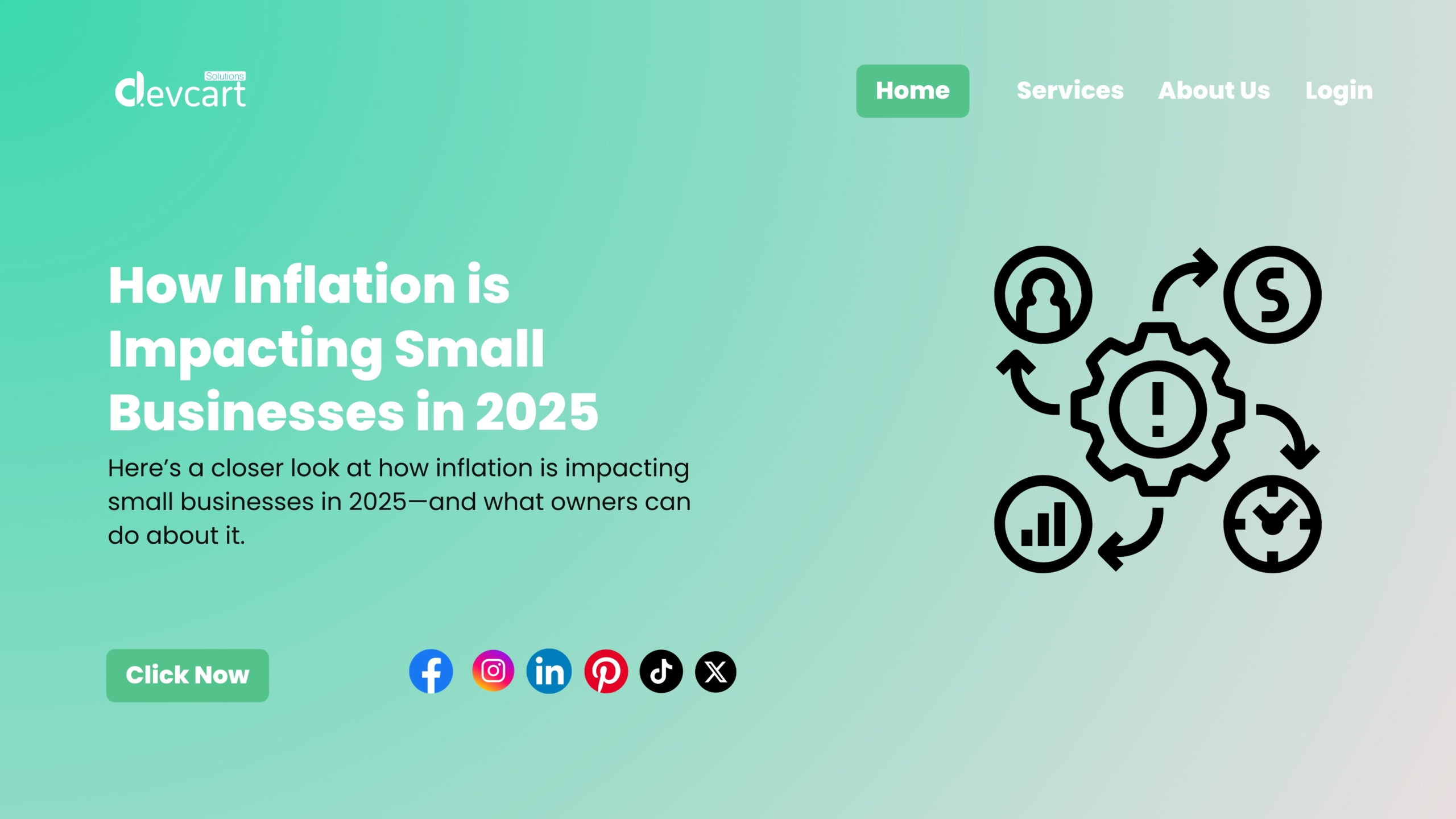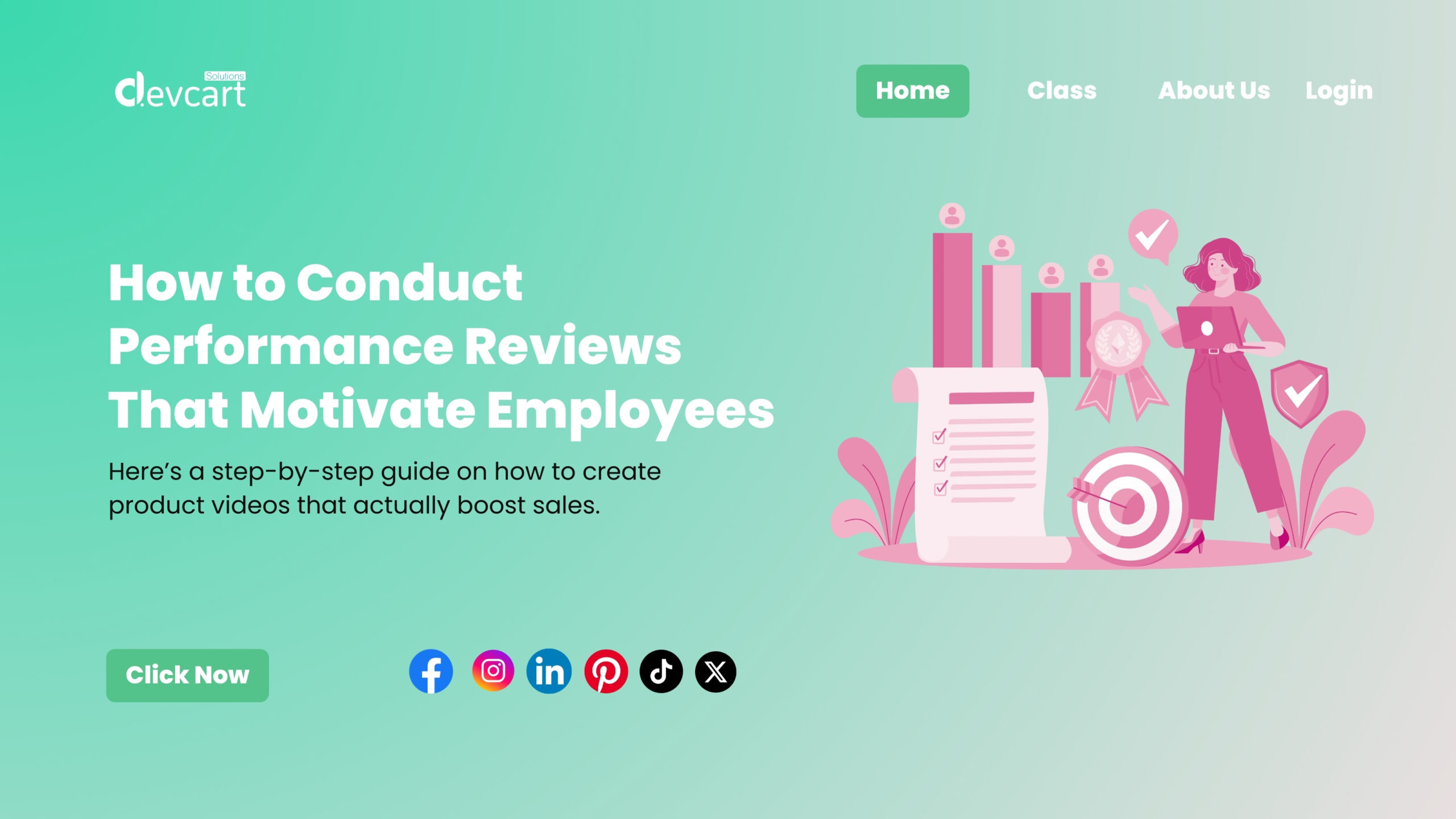Inflation has been one of the biggest economic challenges in recent years, and small businesses are feeling the pressure more than anyone. Rising costs for goods, labor, and services are squeezing profit margins and forcing entrepreneurs to rethink their strategies. In 2024, small business owners must adapt quickly to survive and thrive in this uncertain environment.
Here’s a closer look at how inflation is impacting small businesses in 2025—and what owners can do about it.
1. Rising Operational Costs
Inflation drives up the price of raw materials, energy, and transportation. For small businesses, this means higher:
- Inventory costs for goods and supplies.
- Utility bills due to increased energy prices.
- Logistics and shipping costs that directly affect delivery expenses.
Without economies of scale like larger corporations, small businesses often absorb these increases, cutting into already thin margins.
2. Wage Pressures
Employees are demanding higher wages to keep up with the cost of living. While it’s essential to retain talent, higher payroll costs make it harder for small businesses to remain profitable. Many owners are struggling to balance competitive salaries with financial sustainability.
3. Shifts in Consumer Spending
As prices rise, consumers are becoming more cautious with their money. This often results in:
- Reduced discretionary spending.
- Increased demand for discounts or budget-friendly options.
- Longer decision-making cycles before purchases.
Small businesses, especially those in retail, hospitality, and non-essential services, are feeling the pinch.
4. Tighter Access to Credit
Inflation often leads to higher interest rates, making it more expensive for businesses to borrow money. Small businesses looking for loans to cover expenses or expand may find financing harder to access—or less affordable.
5. Pricing Challenges
Small businesses face a tough balancing act:
- Raise prices too much, and risk losing customers.
- Keep prices the same, and watch profits disappear.
Finding the sweet spot is critical. Many businesses are exploring value-based pricing or adding premium options to offset rising costs.
6. Supply Chain Disruptions
Inflation often worsens existing supply chain issues, leading to delays and unpredictability. This can mean longer lead times, backorders, or inconsistent availability of key products—all of which frustrate customers.
7. Innovation and Adaptation
The silver lining is that inflation is forcing businesses to innovate. Many small businesses are:
- Automating processes to cut costs.
- Building stronger relationships with local suppliers.
- Diversifying product offerings to meet changing consumer needs.
- Investing in digital tools to improve efficiency.
Adaptability is becoming the biggest competitive advantage.















